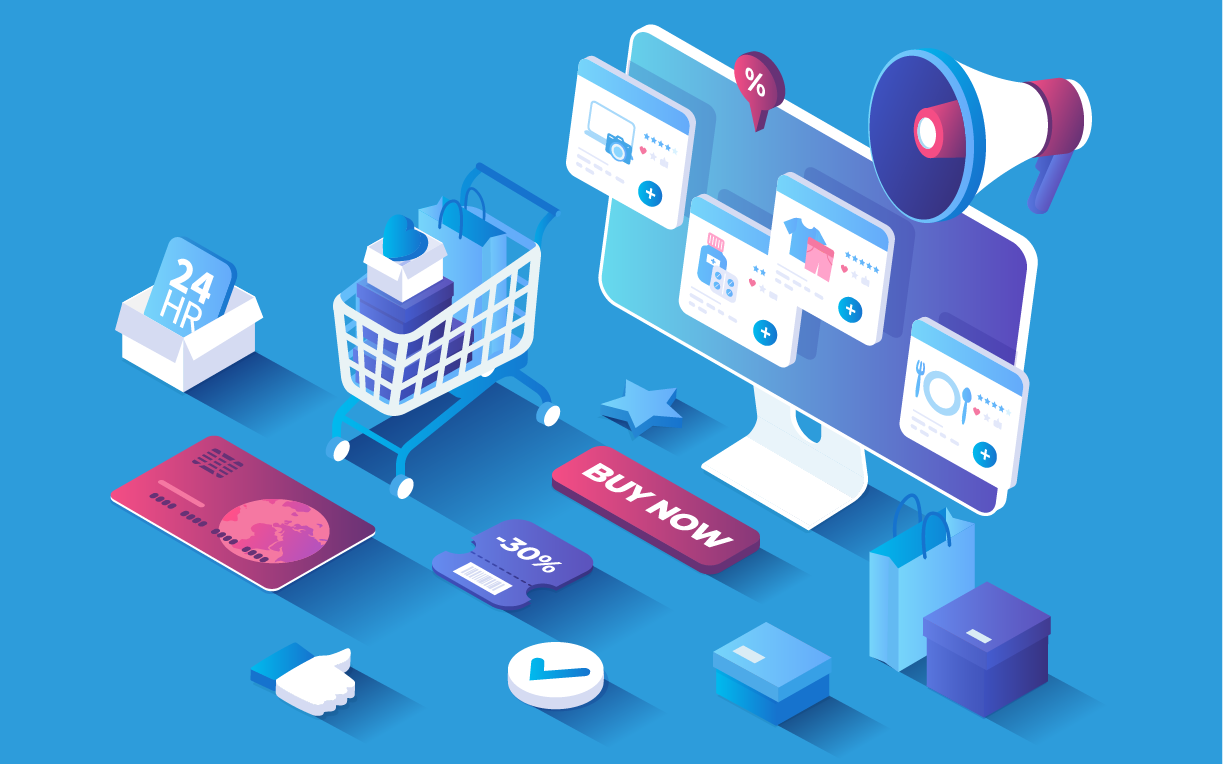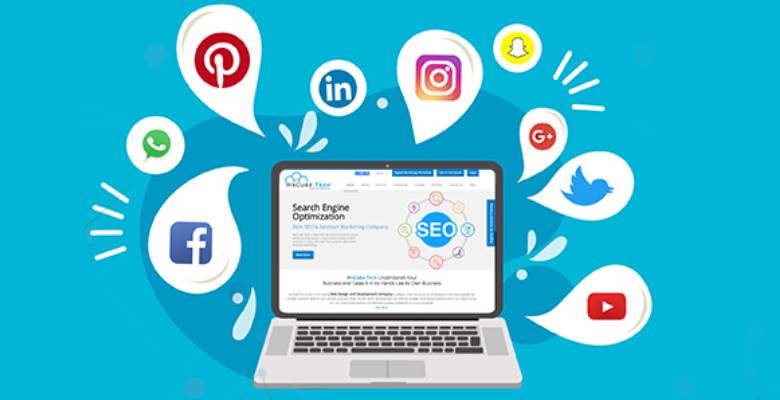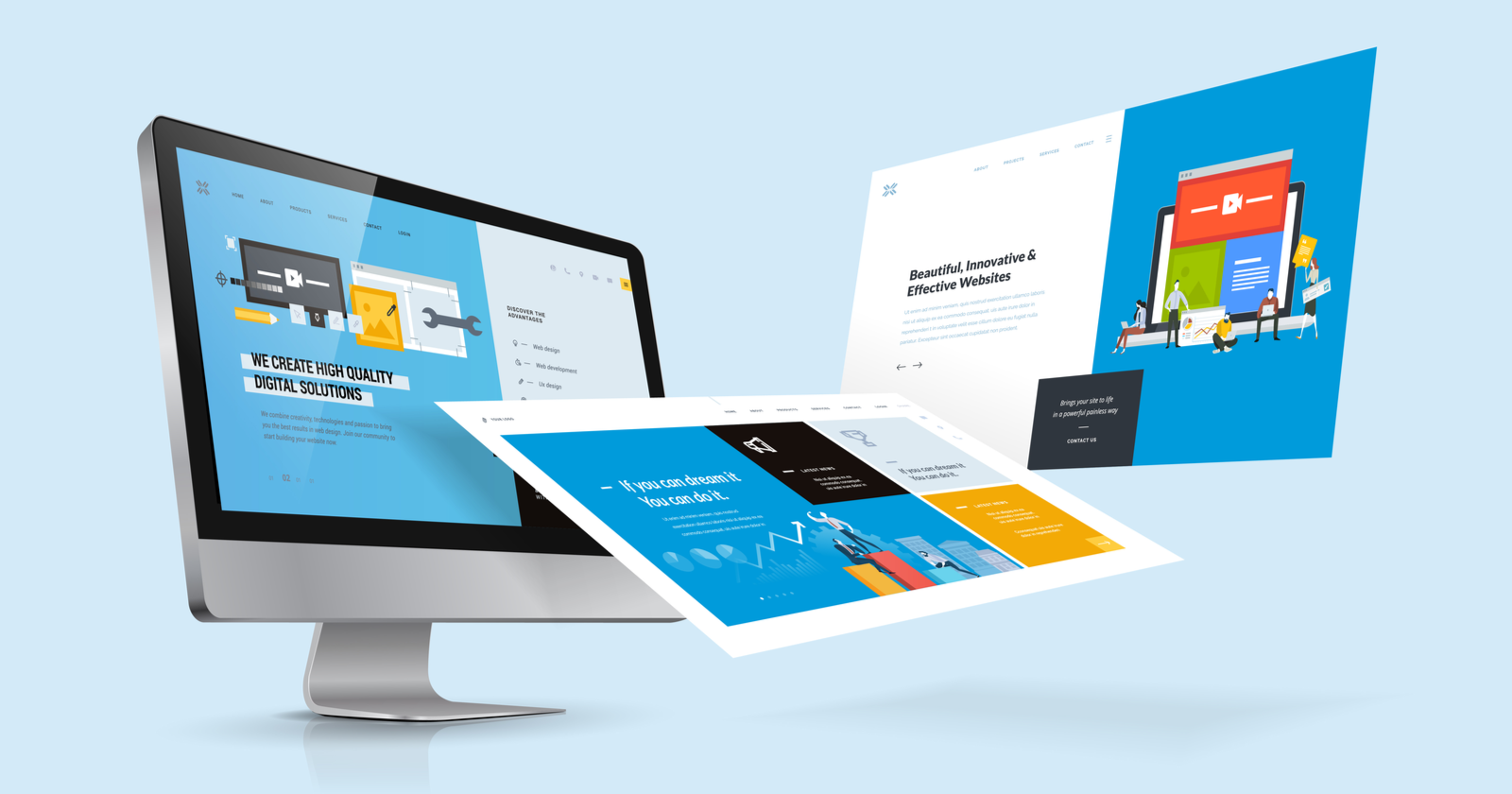How Starbucks Is Ruling The Indian Coffee Industry
Steaming hot and full of flavor, coffee is the most consumed beverage in India. After tea, it is the key ingredient that fuels productivity, creativity and social relationships. Starbucks understands this cultural significance of coffee and has pioneered its way into the hearts of its customers in India.
Creating strong customer loyalty involves much more than just serving a perfect cup of brewed espresso or cappuccino. Starbucks dedicates itself to connecting with customers by providing them delightful experiences from start to finish.
The company also uses smart technology to understand customer preferences so that they can continue to deliver personalized offers tailored to individual needs and wants. On top of that, their in-store staff are empowered with role-specific technology such as interactive tablets for ordering that allow for more accurate servings.
The success story does not end here; Starbucks recognizes that the Indian market is maturing day by day where value-for-money plays an important role when it comes to product prices and appealing menu options.
Its latest menu items offer an array of beverages at affordable prices while also providing different dietary requirements like vegan, gluten free, dairy free or other health conscious choices.
Starbucks goes far beyond the typical coffee house experience by creating a sense of community through initiatives such as partnerships with local businesses, live music performances and art exhibitions conducted in some outlets regularly.
Every detail has been taken into account since their launch in India – making sure they stay ahead in the industry while maintaining quality standards blended flawlessly with modern Indian culture.
If you live in India, you know that the consumption of coffee was not very high earlier as compared to now. And with time Starbucks has become the most significant player in the coffee industry. But the question comes here: How did they manage to dominate the country’s coffee market? Let’s take a look at their rise to success.
For years, Indians considered coffee something that only rich people drank. But these days, we see numerous cafes opening across the country. They sell various types of beverages ranging from cappuccino to chai tea. There are over 3,500 franchise stores of Starbucks in India today.
“Coffee consumption in India grew by 3 per cent to 1.06 lakh tonnes in 2011 as compared to 2010, according to data from the International Coffee Organisation.”
Source: ndtv.com
Starbucks was founded in 1971 in Seattle, Washington. Since its inception, it has grown into a global chain with over 28,000 stores worldwide. Today, Starbucks is the largest coffee retailer in America and also ranks among the top 20 companies in the world.
It also boasts the highest share in terms of revenue generation. With a strong foothold in the major metropolises, the company is expected to continue its growth in the months ahead.
After achieving massive success around the world, it came up with an innovative idea of expanding coffeehouses in India as well. India, known as a country of Tea lovers, will enjoy a variety of coffee drinks.
This question put Starbucks in difficulty in expanding its venture coffee in India. Starbucks, with high risk, took a decision and brought its coffee venture in 2003, but its turn failed.
With this, Starbucks enterprise started planning and plotting strategies for their expansion in the country and decided to start a joint venture with Ratan Tata’s brand (TATA Coffee) with this, they announced the opening of stores at various locations across the country.
The early days
In 1971, Jerry Baldwin, Zev Siegl, and Gordon Bowker were the founders of Starbucks. The three friends first met at the University of San Francisco and thought to sell good-quality coffee beans.
Until 1976, the location of the Starbucks store was in Seattle. Before Howard Schultz took over Starbucks, it only sold coffee beans. In 1987, the founders sold the company to Howard Schultz, who rebranded the Starbucks company, Il Giornale.
Starbucks started growing really quickly and opened its first stores outside of Seattle. By 1989, the company opened 46 stores across the USA. In 1996, it opened its first store in Japan. Within 2 years it had 28 stores in Japan.
Later, it started getting various coffee companies and began testing a fresh-pressed coffee system. And then Starbucks started to face its share of setbacks and hurdles.
During the 2008 recession, Starbucks closed 600 stores in the United States. In the same year, the company had layouts of almost 1000 jobs. In addition, it also closed several stores in Australia as well. By 2009, they had completed around 977 stores worldwide. But, Starbucks pushed through all the hurdles and rose to the top.
Starbucks India
In October 2012, Starbucks Corporation with TATA Global Beverages entered the Indian coffee market, starting their first store in Mumbai, India. A 50:50 joint partner, owned by Tata Consumer Products and Starbucks Corporation, that owns and operates Starbucks outlets in India. The outlets are branded Starbucks “A Tata Alliance” and it got the title “Tata Starbucks”.
Today, Kevin Johnson is the CEO of Starbucks. The Starbucks store in India is owned by a joint venture of TATA Starbucks Private Limited. The brand is now known as Starbucks Coffee – “A Tata Alliance.” And also, Starbucks signed an agreement with Nestle back in 2018, which says Nestlé has the right to market Starbucks’ packaged coffee and food service products worldwide.
(Infrastructure) The Hidden Secret Success Behind Starbucks in Indian Market
The Starbucks store located at Connaught Place in New Delhi has art painted on the walls, and the store is entirely made up of mats and ropes. The store located in Pune has a designed infrastructure with localized railings and a prosperous display of treasure and copper.
1) Menu For Indian customers
Apart from the usual products offered internationally, Starbucks coffee store in India has some special Indian-style Menu offerings such as Tandoori Paneer Roll, Elaichi Mewa Croissant, Chocolate Rossomalai Mousse, Malai Chom Chom Tiramisu, Chicken Kathi Roll, and Murg Tikka Panini to offers Indian customers.
All espressos sold in Indian outlets are made from Indian roasted coffee beans which are supplied by Tata Coffee. Starbucks also sells Himalayan bottled mineral water and free Wi-Fi is available at all Starbucks stores.
In January 2017, Tata Starbucks introduced Starbucks’ tea brand Teavana which offers 18 different varieties of tea across its outlets in India. One of the varieties, called the India Spice Majesty Blend, was specifically developed for Indian customers and is only available in India. India Spice Majesty Blend is a blend of full-leaf Assam black tea infused with whole cinnamon, pepper, cardamom, cloves, star anise, and ginger.
On 15 June 2015, Tata Starbucks declared that it was suspending the use of ingredients not approved by the Food Safety and Standards Authority of India (FSSAI).
2) Experimentation & Innovation
Starbucks always comes up with innovative ideas for presenting, roasting, and preserving themselves in the coffee market. The company took the initiative solely to keep on experimenting with making Starbucks.
3) Customer Relationships
Starbucks believes in focusing on existing relationships with customers, ensuring more fan following, and creating coffee more according to customers’ preferences. The brand advocates more impact on customers’ brains by doing tricks like mistakes in their spelling names.
4) Building Strong Social Media
Starbucks followed social media strategies, boosted social media with their posts, followed newsletters, blogs like LBB, Buzzfeed India, Social media marketing, etc. Their target audience is youth; hence they asked popular social influencers to promote and affiliate their offers on each and every page; these things helped to publicize their campaign and their coffee this way they create a strong Starbucks market.
Starbucks expects India as its top 5 market; due to its massive financial support, Starbucks has an advantage in investments and market opportunities. The thought of a joint venture with Tata Global beverages, supported by Starbucks corporation a lot, turned into a great idea for Starbucks to become a successful venture in India.
The success of Starbucks also involved quality improvement in the taste of the menu and infrastructure, particularly for the Indian market. The customers are welcomed, and the store ambience includes fast and free WiFi for their customers, with a sip of coffee, and a good time in the cafe.
How does Starbucks make money?
Starbucks’s revenue model has been categorised into operated stores, licensing fees from licensed stores, and the growth of other products. A large product of revenue comes from the company-operated stores. According to a report from 2018, around 82% of total revenue comes from this segment only.
The licensed stores do contribute much (12% to the total revenue) but are known to be very popular. The licensed stores hold lower margins and high operating margins as compared to the other company-operated stores.
These licensed stores sell products like tea, coffee, snacks and other Starbucks products and generate royalties and license fees for Starbucks.
The third source of Starbucks’ sales of packaged tea, coffee and other instant beverage products to customers, is outside the company-operated and licensed stores. Also, some premium quality coffees, Food items, Whole bean Coffees and others.
Moreover, Starbucks also sells a few coffee machines and equipment like espresso machines, coffee brewers and others to licensed stores normally.
The Gold Card Reward by Starbucks
There was a time in 2008 when Starbucks was going through layoffs and some really hard times. And that’s when Howard Schultz was re-appointed as the CEO of Starbucks, who took the Starbucks with some very remarkable alterations.
His most incredible initiative was the reward system. In this, the customer deposits some money in their Starbucks account and when they use the money for buying coffee, the company rewards them through the gold card reward.
This became the most successful marketing plan and around 41% of Americans preferred the Starbucks app for payments. And whenever a customer buys any beverage products from the store, they indirectly lend money to Starbucks at a 0% interest rate.
The money earned through this marketing plan was invested into different ventures, for the upgradation of the company. The most incredible thing about this reward back system is that the customers can only use the money to buy coffee from Starbucks and through this, there is a never-ending financial deal with the customers.
Revenue Model
Starbucks comprises different business segments that also play an important role in helping the company generate good revenues. Its focus is to provide premium quality products with warm and friendly customer service. Around 79% of company revenue normally comes from Starbucks-owned stores.
The cost structure of Starbucks majorly consists of fixed expenses such as administration and store operation pricing. Another primary cost driver is the occupancy price which is a variable expense.
Challenges faced by Starbucks’ India
1) Competition:
In India, coffee is available in every price range, posing a serious threat to Starbucks’ coffees and products. Many coffee houses offer products at a very affordable rate, and though you can say that they have a different target audience, Starbucks needs to keep an eye on these not-so-high premium brands.
2) Pandemic and Global Recession:
Like any other retail store all over the world, the coronavirus pandemic, health situation, and global recession have affected Starbucks as well due to the unpredictable situation. Starbucks temporarily closed 2000 stores in China, and overall 50% of the chain’s corporate footprint and 46% of licensed stores in the US are closed as well.
3) Rising Prices of Raw Coffee Beans:
The price of raw coffee beans – Arabica, the world’s most-produced coffee (representing over 65% of the world’s production), has risen dramatically during the pandemic due to concerns over its availability, hoarding, and supply chain disruption as well.
Any additional dollar channeled to purchase raw coffee beans at a so costly price reduces Starbucks’ profitability and if the prices continue to increase could pose a serious challenge to Starbucks.
Starbucks current situation
Today, Starbucks is the leading successful coffeehouse chain and one of the top companies worldwide selling coffee drinks and food, the company has its merchandise and more across the globe.
Grocery shops across the United States and other countries also sell bottled coffee, cold coffee, and ice cream products. In November 2019, it opened the most prominent coffee lovers spot in Chicago with more than 200 employees.
Due to the COVID-19 pandemic, the company had to close several of its stores, but it eventually announced opening new stores across the world.
Starbucks Corporation has reported consolidated net revenues of $ 8.7 billion in the first quarter (Q1) of the fiscal year 2023, a jump of 8% compared with the 2022 quarter. Although the company has a significant challenge of competing with other coffee shops at such high costs, what benefits Starbucks is its aesthetic vibes and peaceful environment, which is suitable for office meetings and even for studies.
In 2022, Starbucks collaborated with the South Korean multinational conglomerate Samsung. And both companies have launched mobile cases. Moreover, they have found quirky cases for Galaxy Buds as well. The companies have teamed up to make adorable and chic cases for Galaxy devices.
All the accessories of the collaboration are manufactured with eco-friendly materials only. However, it is a limited edition across South Korea. It has been produced exclusively for the South Korean market only.
Summary
Starbucks is an American chain of coffeehouses that has world stores. Jerry Baldwin, Zev Siegl, and Gordon Bowker are the founders of Starbucks in 1971. In the early 1980s, they sold the company to Howard Schultz, who decided to convert the coffee bean store into a coffee cafe.
Starbucks comes at 114th position on the Forbes Fortune 500 list. In 2021, Starbucks made a net income of US$4.20 billion. Today, the company has over 32,000 stores all around the globe.
FAQ’s on Starbucks:
Must read articles:











